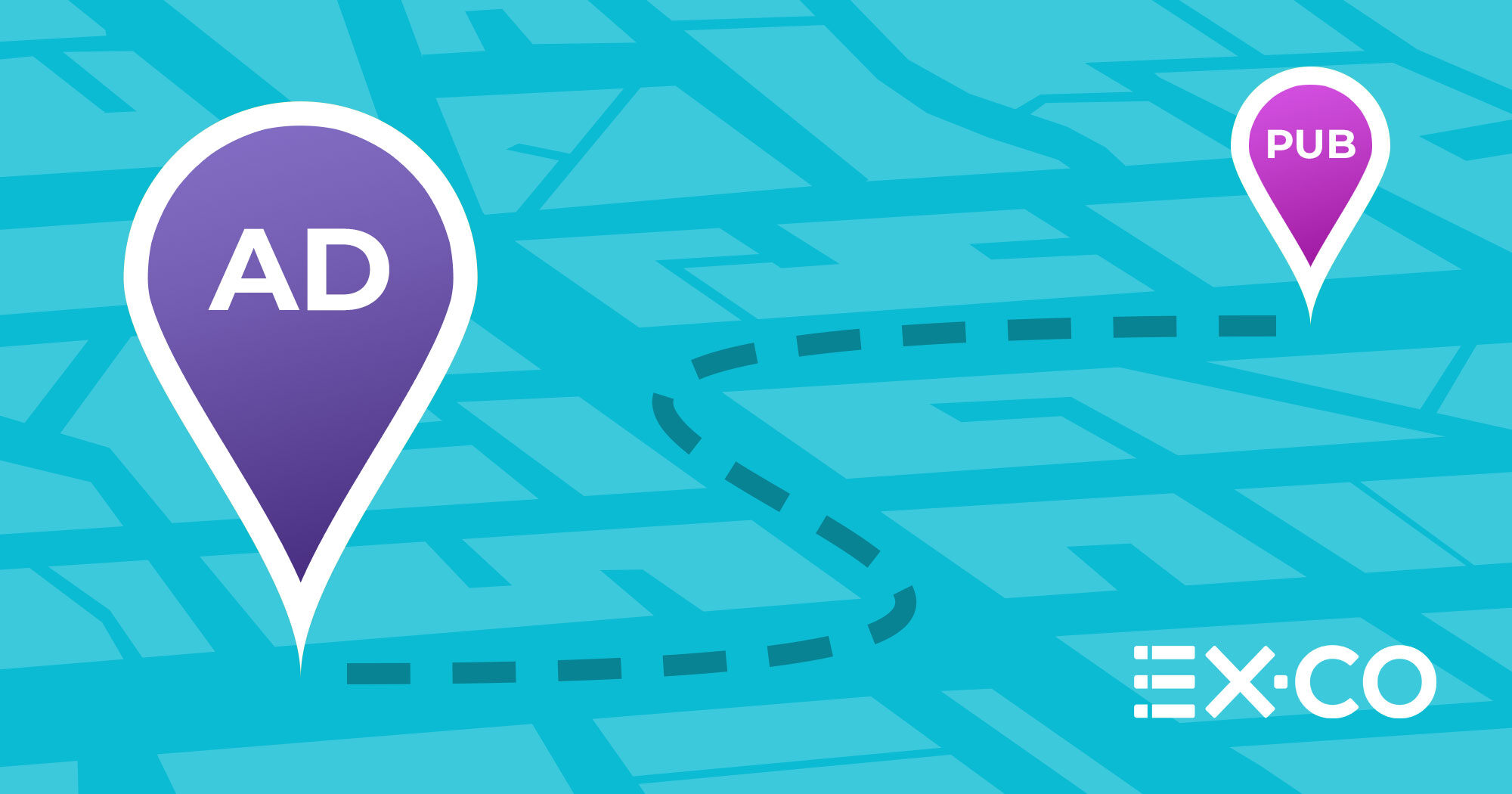Prior to the digital age, advertising was a straightforward affair. In print, for example, the publisher had ad space in the form of pages and they sold that ad space to advertisers. Publishers conveyed their editorial quality and readership value directly to agencies and brands. This simple set-up functioned for over two centuries.
Then along came the digital boom in the 1990s: Advertisers were overwhelmed by a proliferation of new options, while publishers struggled to adapt their businesses. The programmatic ecosystem followed, but in the end, it complicated a once simple arrangement. Suddenly, all kinds of actors were jockeying for their position in the transaction: supply-side platforms (SSPs), demand-side platforms (DSPs), data management platforms (DMPs), and on and on.
A general sense arose among publishers that they were getting cheated. And it seemed, a crop of bad-faith intermediaries was spoiling the process. By the time advertising spend reached publishers, they were losing up to 55 cents on the dollar.
Publishers weren’t the only ones losing out in the bargain. Advertisers felt the effects of the dilution of their ad spends, and questioned their returns. In 2017, when header bidding became standard practice, enabling publishers to collect bids from multiple exchange partners simultaneously, frustration with digital advertising hit its boiling point.
Unsurprisingly, it was that year that supply path optimization (also known as SPO) became an industry rallying cry—as it has been ever since.
SPO: What it is and why it matters
Supply path optimization is a way to streamline the ad inventory buying process. Reasons why it’s important include:
- Protecting advertiser return on investment
- By shepherding ad buys from advertisers to publishers with the fewest possible stops along the way, SPO ensures that limited ad dollars aren't gobbled up by intermediary fees. The advertiser knows exactly what they're spending their money on.
- Preventing misrepresentation by bad actors
- The biggest flaw in programmatic buying is a lack of transparency, which allowed less-than-reputable operators to claim access to inventory they didn't actually have.
- Ensuring fair monetization for the publisher
- The lack of transparency in the un-optimized supply path also meant, in many cases, that bad actors were driving down the value of quality ad space while also duping advertisers by creating “alternative” supply with little-to-no editorial value, purely made-for-advertising (MFA).
- Reducing carbon emissions
- Digital advertising as currently practiced requires a huge amount of computing power, and so the fewer steps there are in the supply path, the better outcome there is for the environment.
Rethinking the payment chain
The fundamental underpinning of SPO is the payment chain. This payment chain starts with the advertiser and ends with the publisher—with the goal being to eliminate the detours in between. This makes sense, but in recent years, a degree of overcorrection has occurred. Advertisers and their agencies have hardened their concept of what a supply chain looks like, often to their detriment.
Now that legitimate safeguards are in place to prevent the kind of misrepresentation and fraud once endemic to the field, we can begin to sort out which entities, that don't fit conventional SPO concepts of a publisher or an advertiser, are providing tangible benefits.
Automatically presuming domain owners—i.e., publishers—are the only legitimate endpoint in advertising transactions might actually be holding some advertisers back. Not all technology is sinister — many useful technologies have emerged to sustain the publishing business and preserve editorial value.
The time has come to revisit how we think about SPO.
Streaming television: A useful analogy
When you're watching a show on, say, Hulu, you are, most of the time, not actually watching Hulu content: Hulu licenses programs from networks like ABC, which audiences can then conveniently stream using Hulu's technology. Meanwhile, ads are run both through the platform itself and by the network in question.
No one, in this equation, thinks Hulu is useless. If you’ve cut the cord, you literally cannot access the networks' content without Hulu or a service like it.
There are publisher technology partners that serve a similar function. Some video technology platforms, for instance, deliver publisher content and advertising within a video player that they themselves have built and maintain, and so they are, themselves, a legitimate endpoint sharing ownership of the engagement with the publisher. These platforms operate technology across multiple websites and in this sense, the services these platforms provide is no different from that provided by a Connected TV streamer like Hulu.
Far from being an intermediary, these technology partners are integral parts of the consumption process. And they allow publishers to not masquerade as technology giants, and instead focus on what publishers do best: Producing valuable content.
It's time for a new SPO methodology
Anyone who has spent time in the digital advertising trenches knows how disheartening it can feel to waste your ad dollars. But the programmatic mess of the ‘00s is largely behind us. If advertisers hope to leverage the current vibrant publishing landscape—in which video plays a central role—they need to rethink their concepts around SPO and deepen their understanding of what powers the open web.
Ultimately, it takes a village to create, distribute, and display the online content experiences we love. The current conception of SPO cuts a straight path across that village, in the hopes of avoiding bad actors along the way. What that conception undervalues is the platforms which have been built to help the process—and to more efficiently get ads in front of consumers. And isn't that what SPO was all about in the first place?
Want to discuss how supply path optimization can help your brand? Drop us a line below.
